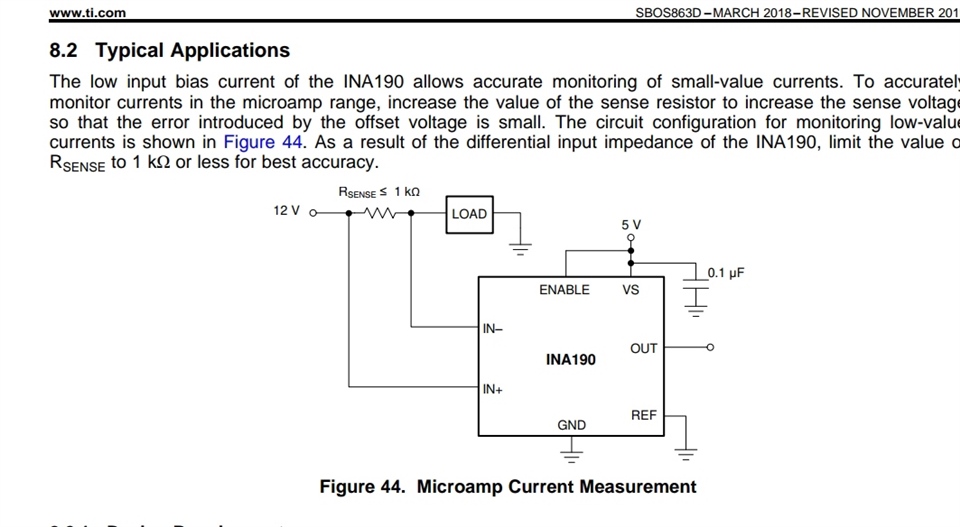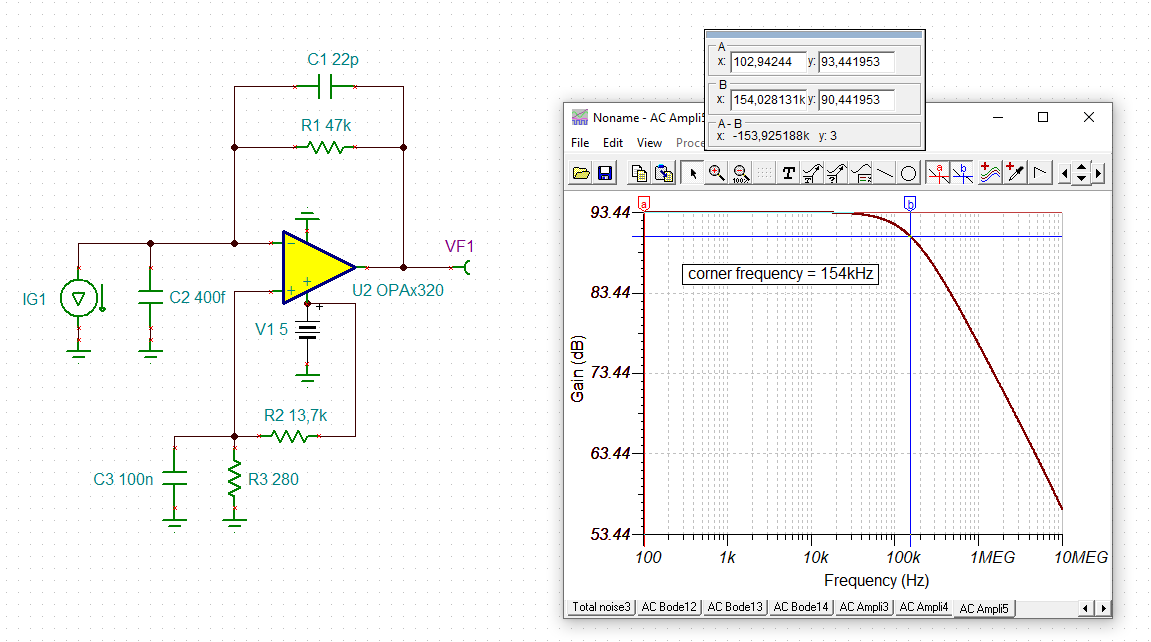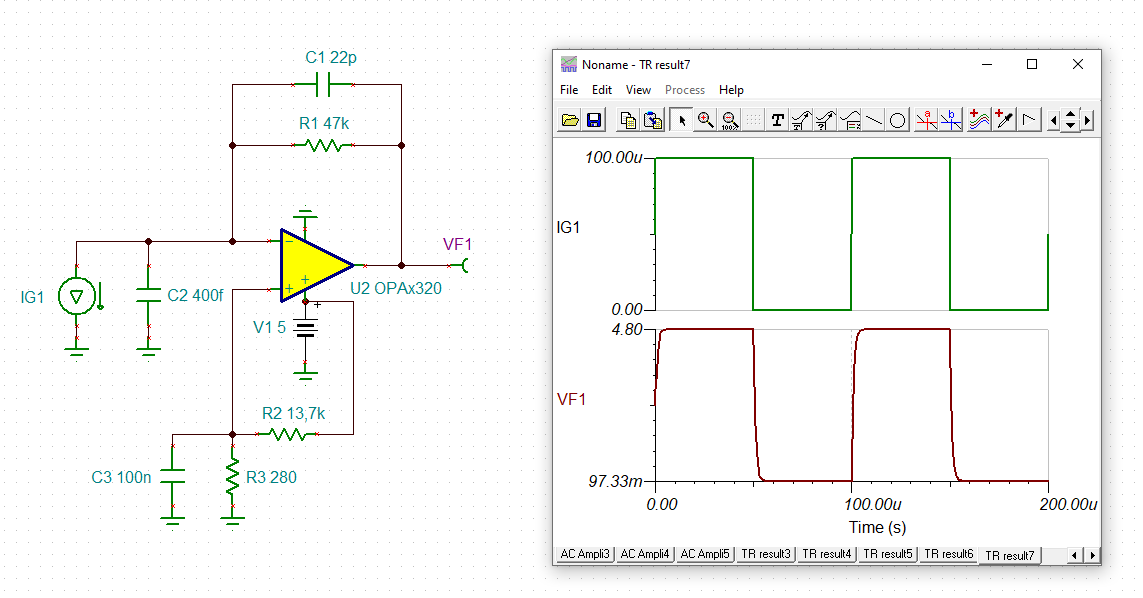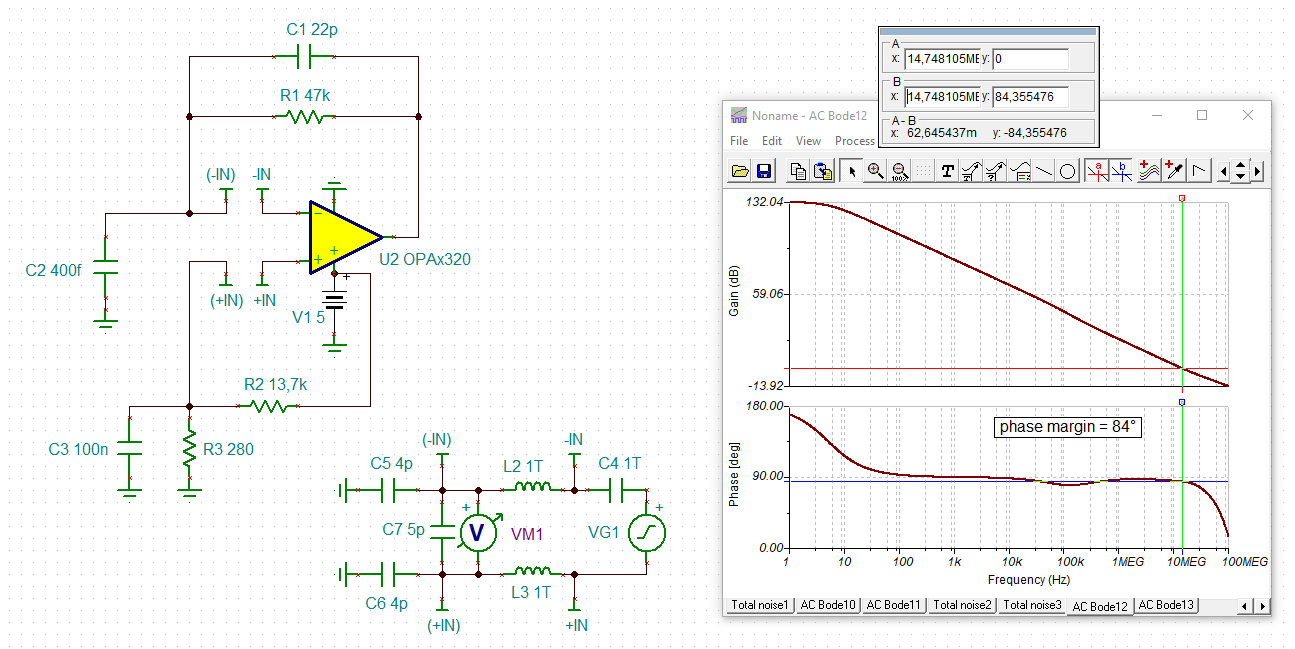Other Parts Discussed in Thread: INA190, OPA320, LM7705
Dear TI colleague
I am using INA190EVM as an amplifier for a PIN photo-detector. The light input is CW light, no modulation is on. The current is below 0.1mA. Rsense is 1k Ohm. INA190A1 chip is selected.
There is always around 30mv noise exist. May you advise why there is such a big noise there and how to reduce it? thanks very much.
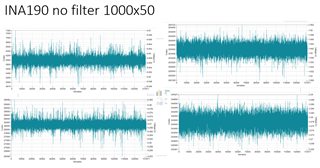
Best Regards
Zhaowen



